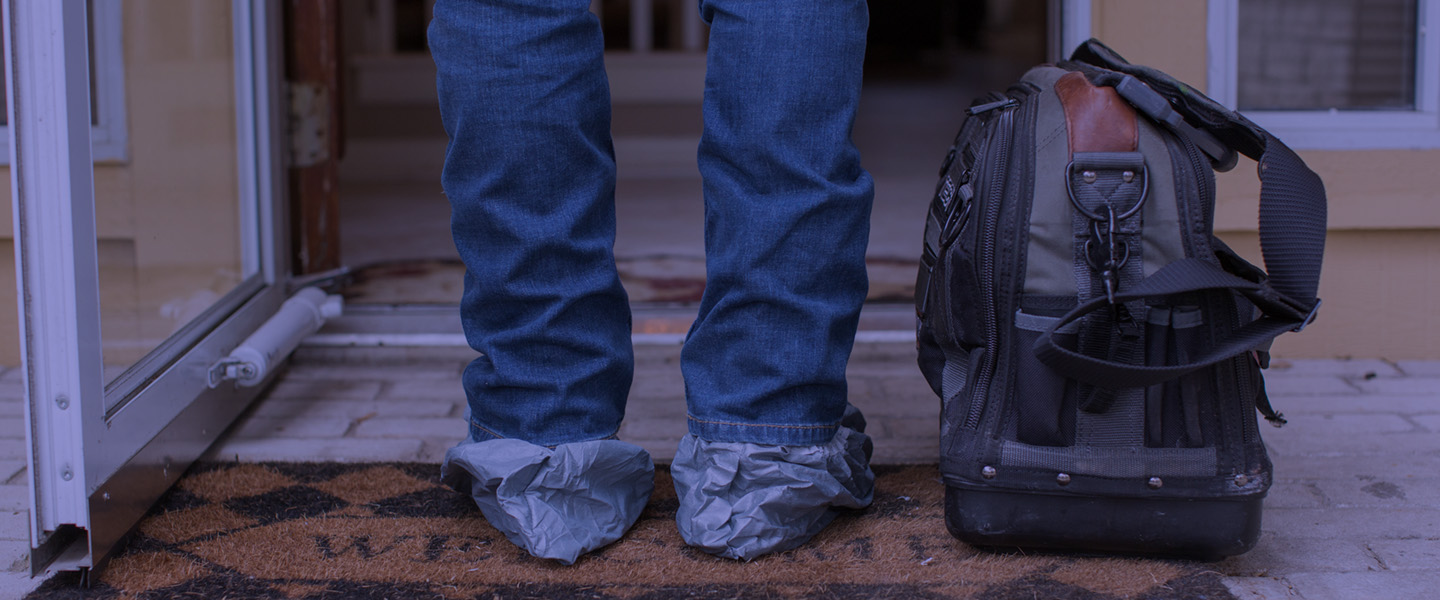0% for 36 Months or 10% off a New AC. Learn More >
Building a Home Wine Cellar
Wine cellars are specialized accommodations for your liquid loved ones. If you are a wine enthusiast, you understand that statement. For most wine lovers, particularly those with limited room and budgets, it’s likely better to invest money in the wine and not the room. Single and dual zone wine refrigerators suit the needs of most enthusiasts.
However, if you plan to join the ranks of extreme wine enthusiasts, thereby embarking on a significant construction project, here are some thoughts beyond just cost.
Wine Cellar Construction
Custom wine cellars must be constructed in a way that ultimately does not harm the rest of the property. While low humidity and moderate temperatures are nice for living, wine rooms are generally colder and more humid. For storage, ideal temperatures are in the 55F-57F range with humidity around 60%. This humidity level is on the edge of sustaining biological growth (mold). Hence, the room needs to be well insulated and sealed from other rooms. Wall, floor and ceiling construction needs to be able to accommodate these conditions.
Thoughts around where in the home to put the room is also important. Many simply convert part of a basement, garage or other storage area to a wine cellar. While this may function, the construction cost may justify a more prominent location, one which is better integrated with entertaining. If the wine is of value (or if teenage kids are around), some thought to security is important as well.
Wine Cellar Use
When thinking of room use, don’t just think of bottle count or presentation. A popular but not practical concept is to incorporate a serving table in the center of the room. Without having a separate zone for wine storage and sitting, this can get unpleasant fast. Who wants to sit in 58F 60% humid air? Separate zones for storage, display and entertaining raise the complexity significantly. Also, considerations for serving temperature are important. White wine will typically be served at 48F to 60F (the colder end mostly), so going from storage to serving is not one step. Red wine will typically be served at 60F to 68F (warmer end mostly), so the wine needs a little time to warm up and breathe before serving. Hence most wine rooms, but not all, are designed around red wines. These are supplemented with attractive refrigerated storage for whites to be served soon.
Wine Cellar Equipment Selection
The retail equipment manufacturers (WhisperKool and CellarPro, for example) will help you or your designer size the equipment. If possible, select equipment with an outdoor condenser to completely remove heat from your property. These manufacturers sell systems complete with controls, which takes the guesswork out of sizing and performance. The downside is cost. Alternatively, using systems based on small refrigeration equipment will work at a significantly reduced price point. The downside is slightly less control over humidity.
Either path means periodic maintenance and replacement of some components. If the value of the wine justifies the cost, having two redundant systems, each operated alternately, each able to condition the entire room, should be considered. Parts support for all these systems are not always an overnight experience, so having one unit running while the other is waiting on parts is a consideration. Looking forward to a shiny new wine room then hearing this may not be the ultimate selling point, but it is realistic.
Final Thoughts on Wine Cellars
Talk to others who have a home wine cellar. Ask them how they use theirs and if they are happy with the experience. There are many ways to design a wine room that will have a lasting positive impact on entertaining. It’s all about how you intend to use it. At Efficient, we are happy to talk further. Fill out a quick form or give us a call at (512) 501-2275.

